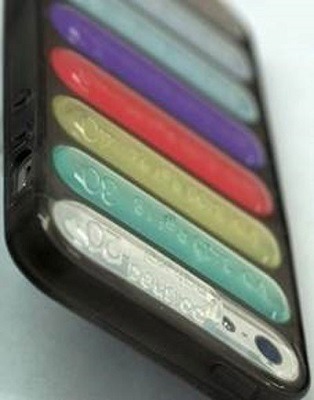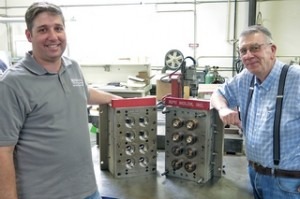Early adopters in LSR moulding share pros, cons
Placentia, California — George Kipe has been in the liquid silicone rubber game since its infancy.
He attended seminars put on by General Electric Co. in the 1970s when the conglomerate's silicone unit was introducing its first LSRs to the industry. And Kipe jumped on board quickly, learning all he could about the new technology. He owned a mould shop as well a firm dedicated to the liquid injection moulding of LSRs.
After long-ago divesting the parts making business to his then-partner, he concentrated on Kipe Moulds Inc., the Placentia-based maker of moulds, cold-runner technology and other accessory tooling run by him and his son, Brint. And after all these years, both Kipes — George serves as president and Brint as general manager — have seen lots of people and companies succeed and fail in the world of LSR.
One thing they've learned is that the plastics people are better at some aspects of the LIM process and the rubber people are better at others. But often, it's someone with good mechanical abilities who has no background ties to either plastics or rubber, who can best figure out the process and make good parts consistently.
George Kipe said he's found the plastics people understand the equipment and the machinery and know how to manipulate it. But typically they hold to the strategy that a mould's a mould, whether it makes a plastic part or a liquid silicone part.
The mould, however, is only half of the equation to making good parts, he said. The other half has to do with the process, the silicone, how it's mixed in the machine, how it's dispensed, and the shot control and pressures.
"You can have a really nicely made mould that functions well, and it will produce bad parts because the other things aren't working correctly," George Kipe said.
Brint Kipe said he's found that those working with plastics for a long time sometimes struggle with LSR because the material has the properties of an elastomer.
"They always end up commenting that silicone is the exact opposite of what they've learned for the plastic side of things," he said.
As for those coming from the world of rubber, he said, they tend to be more aware of the machinery, the pressure and other parts of the process, but at the same time may not always agree on what the definition of a "good part" is.
"If it has a lot of flash all over the thing, they trim it off, and that's a good part," he said.
This article is only available to subscribers - subscribe today
Subscribe for unlimited access. A subscription to European Rubber Journal includes:
- Every issue of European Rubber Journal (6 issues) including Special Reports & Maps.
- Unlimited access to ERJ articles online
- Daily email newsletter – the latest news direct to your inbox
- Access to the ERJ online archive






